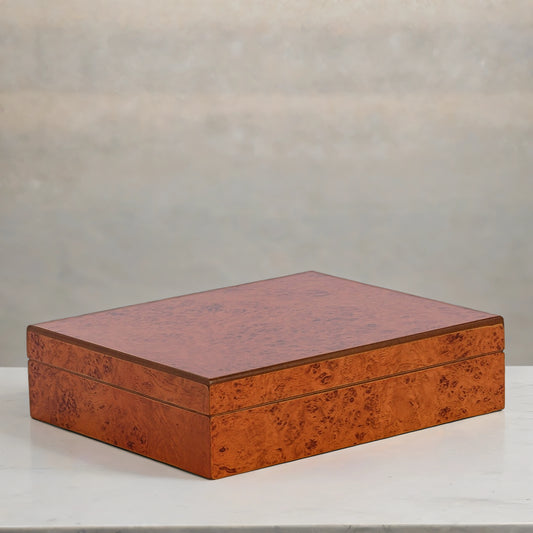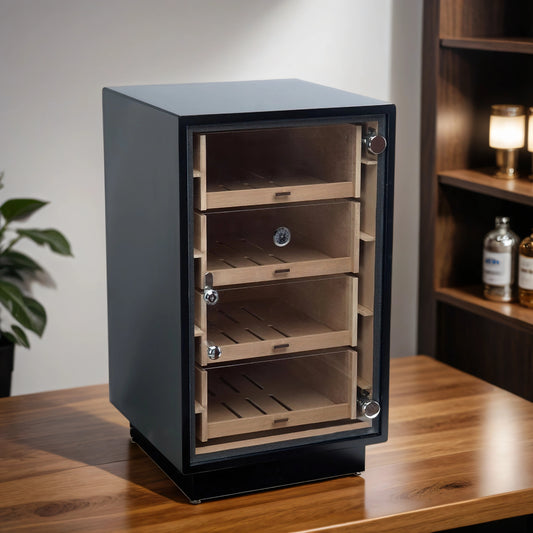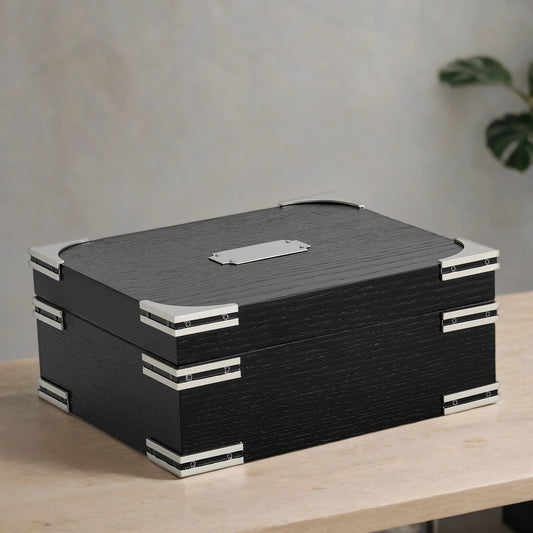
How Far to Smoke a Cigar: When to Call It Quits
Ah, the timeless question that has confounded even the most seasoned cigar aficionados: when to stop smoking a cigar. Do you smoke it down to a nub, risking a scorched finger and a blistered ego, or do you gracefully bow out before things get a little too hot to handle? Like many things in life—wine, whiskey, and relationships—the answer depends largely on your personal taste and how willing you are to push your limits.
But don't worry, this isn't rocket science (unless your cigar is one of those limited-edition Cuban rockets), so let’s break it down.
The Anatomy of a Cigar: A Lesson in Patience and Precision
Before we get into the "when" of it all, it’s important to understand what’s going on under that sleek wrapper. Cigars are typically divided into three sections: the first third, the second third, and, of course, the final third—otherwise known as the part where things tend to get interesting.
The first third is where you're just getting acquainted with the cigar. The flavors are usually mild, but they quickly start to develop. The second third is where most people settle into the groove, enjoying a more complex and layered experience. And then there’s the final third—the home stretch. This is where the decision-making happens, and where you ask yourself, "Do I keep going, or do I call it quits?"
For some, the final third offers bold, concentrated flavors that make the earlier stages seem like a warm-up. But as the heat ramps up and the oils start to build, it's important to know when the cigar is done. Think of it like a roller coaster—you can only go up so much before it's time to come back down. Let that stogie go out with grace!
The Bold Finish: Smoking Down to the End
If you’re a cigar lover with a taste for the strong stuff, you might be one of those people who loves the end of a cigar. There’s no shame in that—it’s like enjoying the crust of a great loaf of bread or that last sip of espresso. The flavors in the final third can be bolder, richer, and more intense, giving you a concentrated experience.
However, there’s a fine line between “bold” and “burnt.” As the cigar gets shorter, the heat increases, and the buildup of tar can alter the flavor. If your smoke is starting to taste more like a burnt campfire than a smooth Nicaraguan masterpiece, that’s probably a good sign when a cigar is done. Of course, if you're brave enough (or just stubborn), you can always pull out a roach clip or even a paper clip to keep puffing on that last inch without burning your fingers. Just don’t say I didn’t warn you.

Heat and Tar: Nature’s Way of Telling You It’s Time
One of the clearest indicators of when to stop smoking a cigar is heat. As you near the cigar end, the temperature rises, and while a warm cigar can be delightful, a hot one is a different story. Once you start feeling the burn—literally—it’s probably time to let the cigar go. The heat intensifies not only the physical discomfort but also the flavors, which can become harsh and bitter due to tar buildup.
The flavor profile may shift from smooth and complex to overpowering and unpleasant. When the tar takes over, that’s when you know it’s time to say goodbye to your cigar friend. Think of it as the moment when the party's been going on just a little too long—time to leave while the memories are still good.
Cigar Etiquette: Knowing When to Say Goodbye
In cigar smoking, as in life, there’s a right way and a wrong way to end things. First off, remember to remove the band before it starts burning—it’s never a good idea to inhale paper, and let’s be honest, it doesn’t look very classy either.
Next, if you’re in a social setting, cigar etiquette dictates that you don’t smoke the thing down to a stub in public. Sure, you might love that finished cigar feeling, but nobody wants to see you clutching a tiny piece of charred tobacco like it’s your last meal. Know when to call it quits and gracefully let your cigar go out on its own. And for the love of all things elegant, never, ever stub it out like a cigarette. Not only does it release an unpleasant smell, but it’s also just bad form. Let the cigar die with dignity, like a gentleman.
Personal Preferences: How Far Down Should You Smoke a Cigar?
Ultimately, when to stop smoking a cigar comes down to personal taste. Some people like to stop when there’s about an inch or so left, ensuring they don’t experience the bitterness that can develop in the final third. Others love pushing the limits, chasing that rich, bold flavor as far as they can without burning their hands.
The real trick is knowing your cigar. Every blend is different, and so is every smoker’s tolerance for heat and tar. Experiment with different types of cigars—some robustos smoke differently than a Churchill, after all. If you’re a purist, you might always stop with a few inches left. If you’re feeling adventurous, well, that’s where that trusty paper clip comes in handy.
Conclusion: Knowing When a Cigar is Done
There’s no one-size-fits-all answer to when a cigar is done, but knowing your limits and understanding the signs will help you get the most out of every smoke. Whether you love the intense flavors of the final third or prefer to end things on a smoother note, the key is to stop when you’re still enjoying the experience.
So the next time you find yourself debating whether to keep going or call it quits, just remember: it’s better to end a little early and fondly remember the cigar than to push it too far and leave with a bitter taste in your mouth. And always let the cigar go out on its own—because no one wants to be the guy who stubs out a masterpiece.












